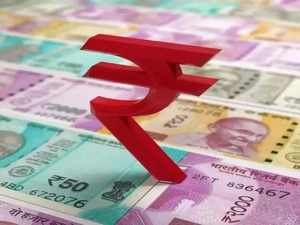The Indian rupee fell against the US dollar on Tuesday, aided by the dollar’s rise against its major peers and importer hedging, though the Reserve Bank of India’s likely intervention kept the drop below the 83-per-dollar mark.
The rupee ended the session at 82.8800 per US dollar, down from 82.7375 the previous session.
According to three traders, the local currency on the interbank order matching system fell to 82.9950, prompting state-run banks to sell dollars, most likely on behalf of the RBI.
The central bank’s intervention was consistent with its previous actions, which traders believe contributed to the rupee repeatedly finding support near the 82.90 level.
He added that the 83.05 level should serve as a stop-loss for unhedged importer positions.
The rupee, which was already under pressure due to importer hedging, was harmed further by the dollar’s rise against its major peers. The dollar index increased by nearly 1%.
The dollar index will be watching a slew of key US economic data as it attempts to recover from a nearly 8% drop in the previous quarter. The ISM manufacturing and services data for the United States is due later this week, along with the monthly jobs report.
Despite relatively buoyant risk appetite and a drop in Treasury yields, the dollar rose. European stocks gained 1.5%, while US equity futures gained about 1%.
Following aggressive rate hikes by major central banks, investors are focused on the outlook for global growth. This week’s data from the United States will help investors gauge how well the economy is performing and the likely path of interest rates in the United States.
Meanwhile, rupee premiums were volatile, with the 1-year implied yield trading in the 1.95% to 2.02% range.
Source:BS







 Finance
Finance





